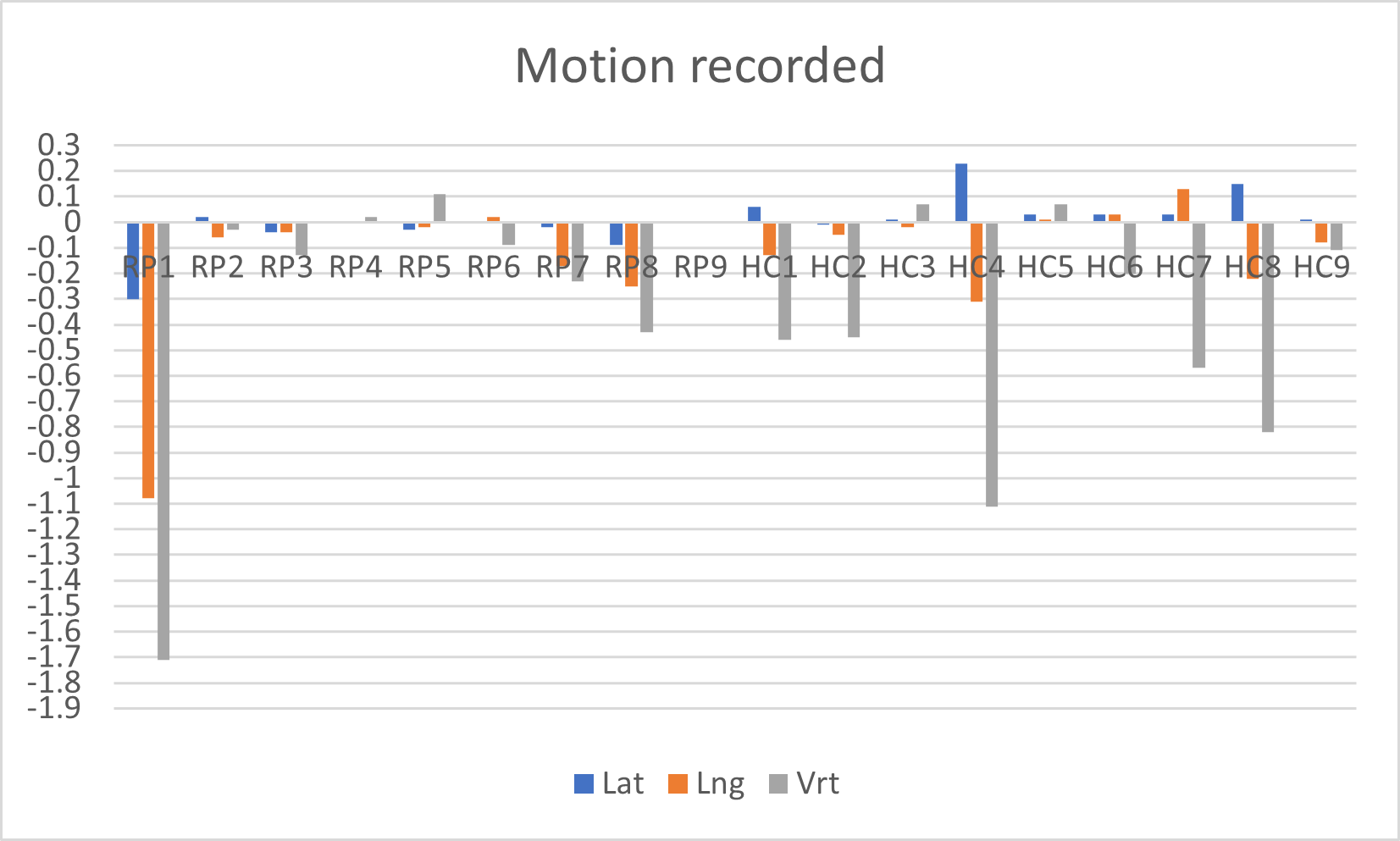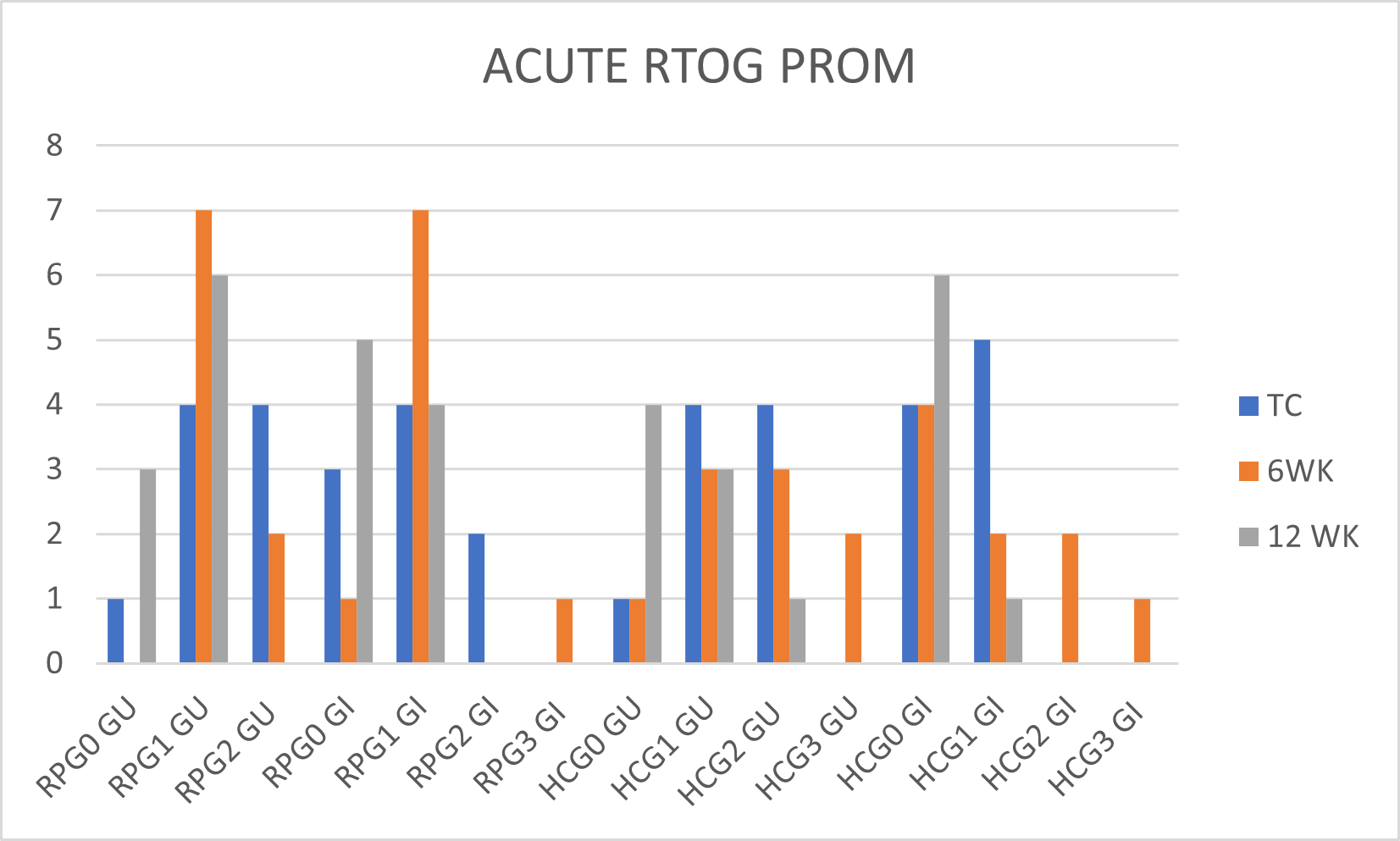SABR Prostate: A review of specialised techniques for motion management
joanne mitchell,
United Kingdom
PO-2282
Abstract
SABR Prostate: A review of specialised techniques for motion management
Authors: joanne mitchell1, Duncan McLaren2, William Nailon3
1Edinburgh Cancer Centre , Radiotherapy, ECC , Western General Hospital , Edinburgh , United Kingdom; 2Edinburgh Cancer Centre, NHS Lothian , Clinical Oncology , Edinburgh Cancer Centre , Edinburgh , United Kingdom; 3Edinburgh Cancer Centre, NHS Lothian , Radiotherapy Physics, Edinburgh Cancer Centre , Edinburgh , United Kingdom
Show Affiliations
Hide Affiliations
Purpose or Objective
Background and Purpose
The widespread adoption of hypo-fractionated stereotactic ablative radiotherapy (SABR) for treating prostate cancer has led to an increase in the use of specialised techniques for monitoring inter- and intra-fraction motion. The aim of this study was to critically review two such systems and to present initial findings on their use within a SABR prostate clinical trial reporting on measured displacements, and the impact this has on dose to the bladder and rectum, and acute patient reported toxicity (PROMs).
Material and Methods
Materials and Methods
18 patients recruited to the PRINToUT clinical trial (UK-NCT04081428), Using breath analysis to PRedIct Normal TissUe and Tumour response during prostate cancer SBRT, study (IRAS 240335) were included in this critical review. 9 patients underwent transperineal implantation of the RayPilot® transmitter and 9 patients were fitted with the urinary catheter system RayPilot Hypocath. Real time positional information was recorded at 1 second intervals in x,y and z directions throughout treatment for both systems with a manual intervention necessary to halt beam delivery should motion exceed 2mm.
All patients were treated with 36.25 Gy to the prostate gland in 5 fractions over 7 days. Gold markers were implanted for positional verification and cone beam computed tomography scans were acquired before and after each fraction of treatment. Acute RTOG PROMs were collected at baseline, end of treatment, 6 weeks, and 12 weeks post treatment.
Results
Results
The largest motion detected, in both groups, is in the ant/post direction (-1.71cm- 0.11cm) The average dose received by the bladder and rectum is smaller in those patients fitted with the HC device, with these patients also shown to have a more consistent bladder volume overall when compared to those fitted with the RP device. This does not relate to acute toxicity as G2 GU toxicity is reported at wk 12 and G3 GI toxicity is reported at wk 6 in the HC group.
Further findings noted :
1. No system recorded greater than 2 mm motion in any direction during treatment delivery time (Fig 1).
2. From the positional information of each system (Fig1) the (NEW) average delivered dose was
2.1. Bladder
2.1.1. Raypilot group 427.5cGy- 1575.5 cGy
2.1.2. Hypocath Group 520.01cGy- 1312.63 cGy
2.2. Rectum
2.2.1. Raypilot Group 1337.5cGy-2053.cGy
2.2.2. Hypocath Group 1218.87 cGy- 1861.13cGy.
3. There does not appear to be any notable correlations with PROMS between the 2 systems (Fig 2).
FIG1
FIG 2
Conclusion
Conclusion
From the preliminary data presented the urinary catheter-based HC device, which has been developed from the transperineally inserted RP system, has proven, in this small group, to be a suitable system for real time motion monitoring during prostate SBRT. Furthermore the HC system is much less invasive for patients and the next logical step would be for full integration with the treatment linac to allow automatic halting of the beam for a given action level.